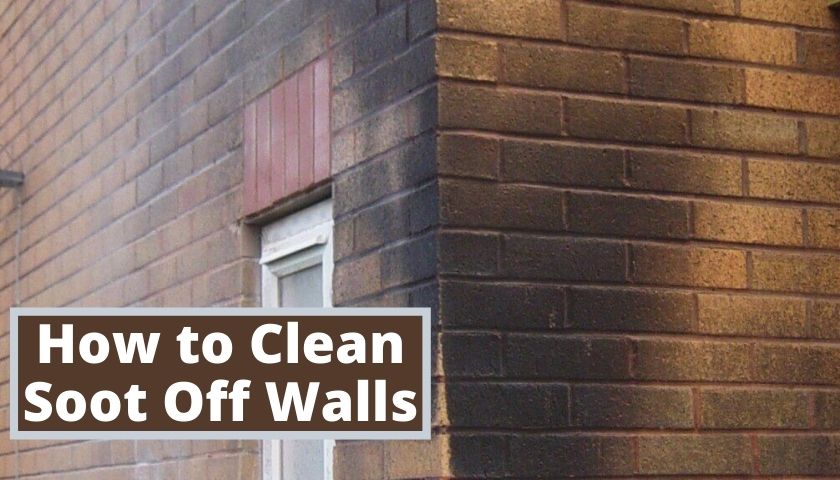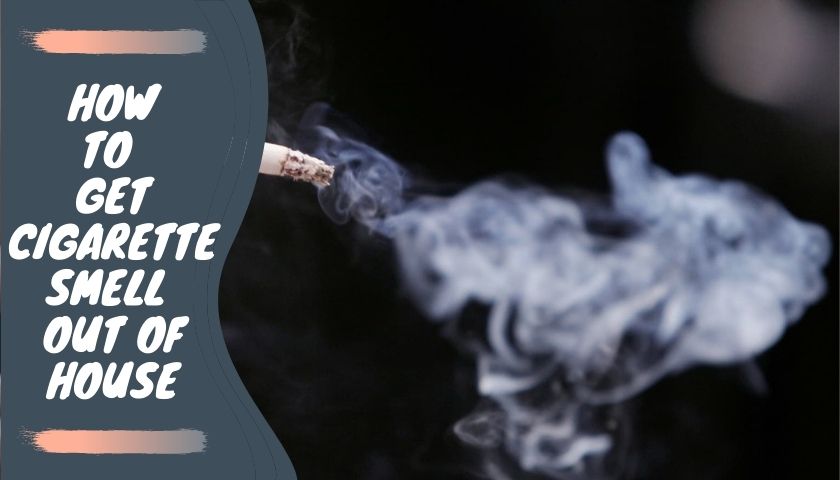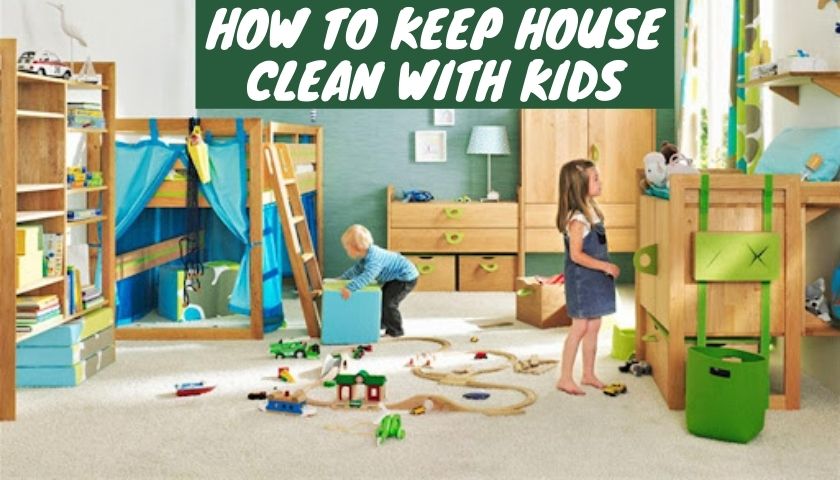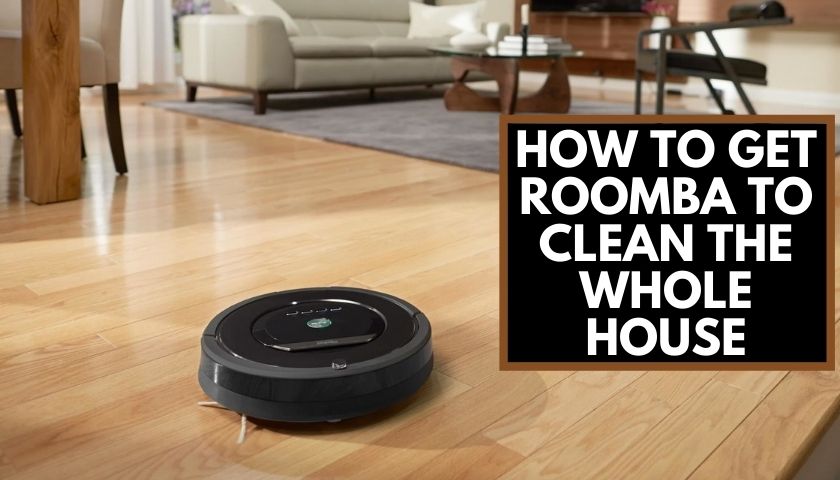Why Is My Wood Floor Turning Black & How to Remove It
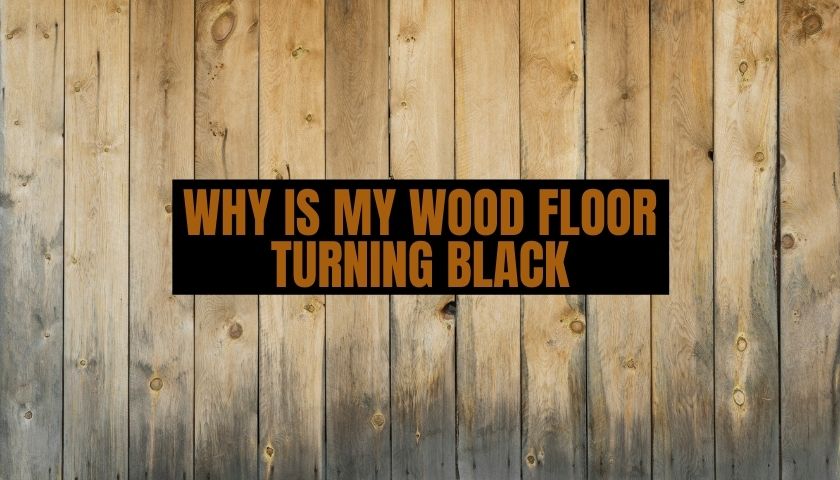
As an Amazon Associate I earn from qualifying purchases.
Having a wooden floor is quite a common thing. Most people tend to have a wooden floor to have a polished and sleek outlook on their home. Like any other flooring, having a wooden floor also comes with its problems along with many other advantages. The most frequent problem is the wood floor turning black.
For various reasons, black stains can appear on the wood floor, and sometimes it can discolor even if it also turns to black. In this situation, the wood floor lost its natural shiny look and sustainability.
This article will specifically focus on why your wood floor changes its color and how to end it with a permanent solution.
Contents
Why is my wood floor turning black?
A wooden floor gives your home a sleek and smart look. But maintaining that smart look can be very difficult if you are not someone with a regular maintenance habit. Your wood floor can turn black for two reasons.
- Surface staining
- Wood discoloration
In both cases, moisture is the main culprit. For surface staining, it comes from a few sorts of water spillages like the urine of kids or pets, poop, and vomit that are kept unnoticed for an unnecessarily long time. Over time these spills seeped into the top layer of the surface that making it harder to remove. Gradually it develops into stubborn and ugly black stains.
On the other hand, wood discoloration also happens for excess moisture on the surface. If anyhow water is stored on the wood floor for more than a safe time, the minerals in the water react with the wood’s tannins. Gradually this reaction creates mold, and the floor turns into ugly black color.
The main difference between surface staining and wood discoloration is, that remedies are the same, except in the case of discoloration, you may need sanding and refinishing. Below stated cleaning process would help you to remove both black stains and discoloration. But if the mold attacks on a large scale, then maybe the below listed cleaning methods will not work; you may have to replace the board with a new one.
Preventions
We know prevention is always better than cure. So, before we move on to the removing part, let us discuss some ways that can help you to prevent this from happening and save you from some additional hazards.
- Avoiding things that can create high moisture or steam is a basic rule to follow. Following this one thing alone can save you big time from having stains.
- As steam can move through very small openings like scratches, that can influence bacterial growth, which can turn into mold or mildew that eventually results in black stains.
- Don’t let spilled water be on the floor. Wipe it off as soon as you can.
- Try to keep your floor dry and clean.
Now, these are some preventions you can follow. Let’s come to the removing part if you do have the stains.
How to remove black stains from wood floors
Removing black stains from wood floors is quite a tough job. There are a few very effective ways to deal with the black stain on the wood floor. Let us explain-
-
Use of liquid detergent
Liquid detergent has a versatile use in household cleaning. It is also effective in cleaning wood floor stains.
- Mix a few tablespoons of liquid detergent with an equal amount of water.
- Take a microfiber cloth or a paper towel to apply the solution to the affected area.
- Apply properly and make sure the stained area is saturated with the solution.
- Take another microfiber cloth or paper towel and dip it into cold water. Now wipe the stain with the wet cloth giving adequate pressure.
- Hopefully, your stain lightens enough, and the wood floor revives its previous pretty look.
-
Use of white vinegar
White vinegar is a very useful cleaning agent and works wonderfully in removing some typical black stain of ink stains on the wood floor.
- Take a medium-size bowl and pour one cup of white vinegar and mix a similar amount of cold water into it.
- Take a paper towel or cloth and dip it into the solution. Cover the stain with a wet paper towel and let it sit for a while.
- Remove the paper towel and take another damp one and wipe out the stain. You may need to give a little bit of pressure to wipe the stain completely.
- Use a dry paper towel and smoothly wipe the affected area to absorb excess moisture. Vinegar, along with cold water, can significantly reduce these types of stains.
-
Use of mineral spirit or lemon oil
Mineral spirit and lemon oil are useful to remove dark stains from wood floors causing water.
- Take a piece of finest steel wool and soak it into the mineral spirit. You can use lemon oil also as an alternative.
- Rub the stained area gently. Do not give excess pressure to avoid scratching the floor.
- Let the mineral spirit dry. If you are using lemon oil, consider using enough amount of oil to prevent scratches.
- Hopefully, the dark marks will remove quickly. Wipe down the floor with a soft dry cloth to prevent the ruin of the floor finish.
-
Use of Hydrogen Peroxide and water
Hydrogen Peroxide contains bleaching properties and is effective in removing black spots on the wood floor, causing excess moisture, dirt, or ink.
- Pour some Hydrogen Peroxide into an empty spray bottle and spray directly on the stains.
- Use a generous amount of Hydrogen Peroxide but make sure you are using it only on the spot, not on the clean areas because it can remove the unstained area’s color and shine.
- Let it sits for a couple of hours and wipe with a soaked towel.
- You can also use a paper towel soaked with Hydrogen Peroxide and cover the stain. Let it also sit for a few hours to remove the stain.
-
Use of sand and sealant finish
Usually, professionals use sanding and sealing to fix up any problem with wood flooring, but they are also quite effective in removing black stains.
- How much sandpaper you need will depend on how much affected the area you want to clean.
- 120 to 600 grit sandpaper may be enough to fix any small-scale damages.
- Start rubbing the stain with 120 grit and gradually move to the 600 grit sandpaper.
- Once you rub the stain out, simply vacuum or wipe up the dust.
- Ready sealant for the wood floor is available in the market.
- Collect a simple finishing sealant and a microfiber roller or brush. Lay a few coats of sealant on the rubbed area using the roller or the brush. Now your wood floor is stain free with previous shine.
Read next: The best way to clean floors without a mop
Frequently Asked Questions (FAQ)
Can you use Mr. Clean Magic Eraser on wood floors?
It is not really wise to use an abrasive product on any sort of hardwood floor. It is too risky. You will never want to have a scratch on the finish.
Why does OAK wood go black?
On areas with nails, screws, hedges, and handles, because of the ferrous oxide, OAK wood naturally tends to turn black. Tannic acid that makes it hardwood reacts with the iron metal and forms dark stains.
Yes, but not a strong one actually to be bothered of. Water leaves tiny visible stains on the wood surface. They usually are not much for the appearance, but it hampers the brightness of the wood. It can also create odor at times when it comes in contact with iron and manganese metals.
Will Hydrogen Peroxide damage hardwood floors?
No. Hydrogen Peroxide does not damage the hardwood floor. In fact, it is an effective solution to clean off stains and is safe for humans and pets if used properly. It is also usable for hardwoods. In a lot of cases, using hydrogen peroxide gives a refreshed look to the hardwood floor.
Wrapping up
Always keep in mind that it is possible to remove the stains with all these suggestions. Just don’t be afraid of the task. And full protection is the must-have thing, like wearing an eyeglass, hand gloves, and a mask for sure. Hopefully, you can remove all stains and discoloration from the surface effectively. Do not forget to share with us if you have any better ideas or an effective cleaning process in the comment box.
Happy Cleaning!
As an Amazon Associate I earn from qualifying purchases.



